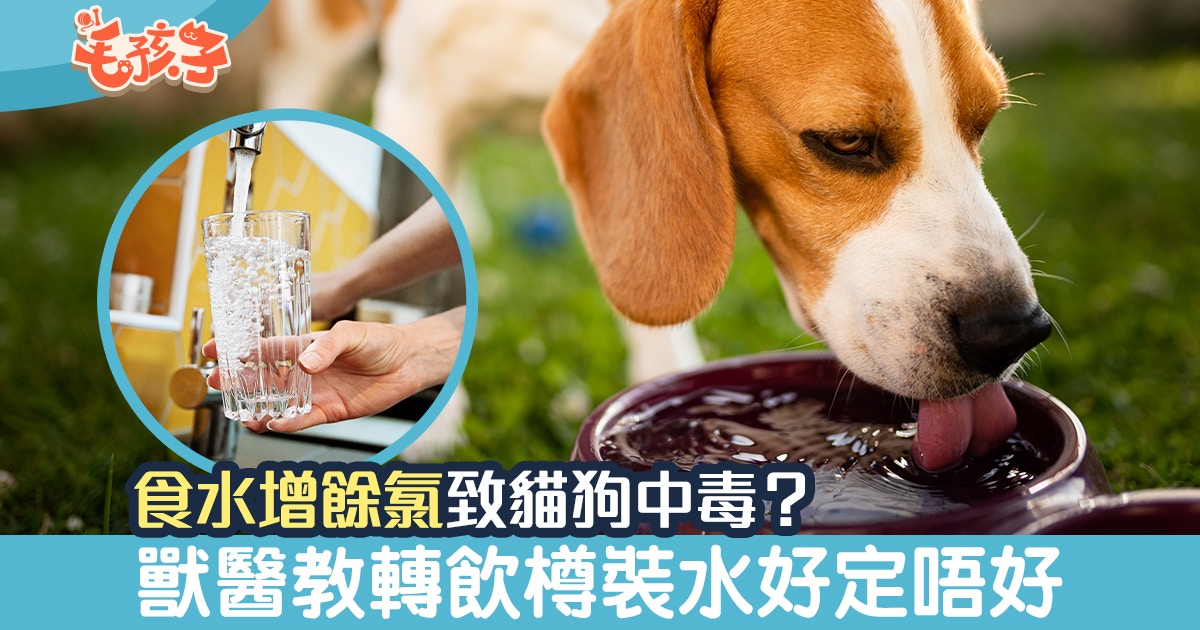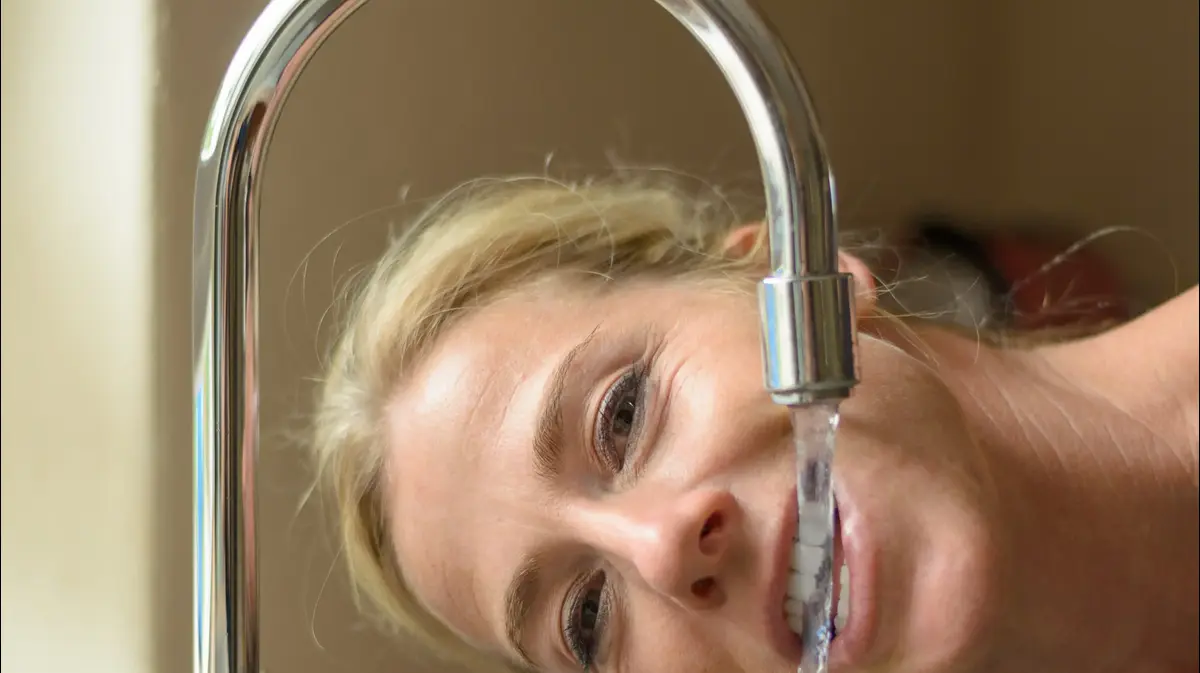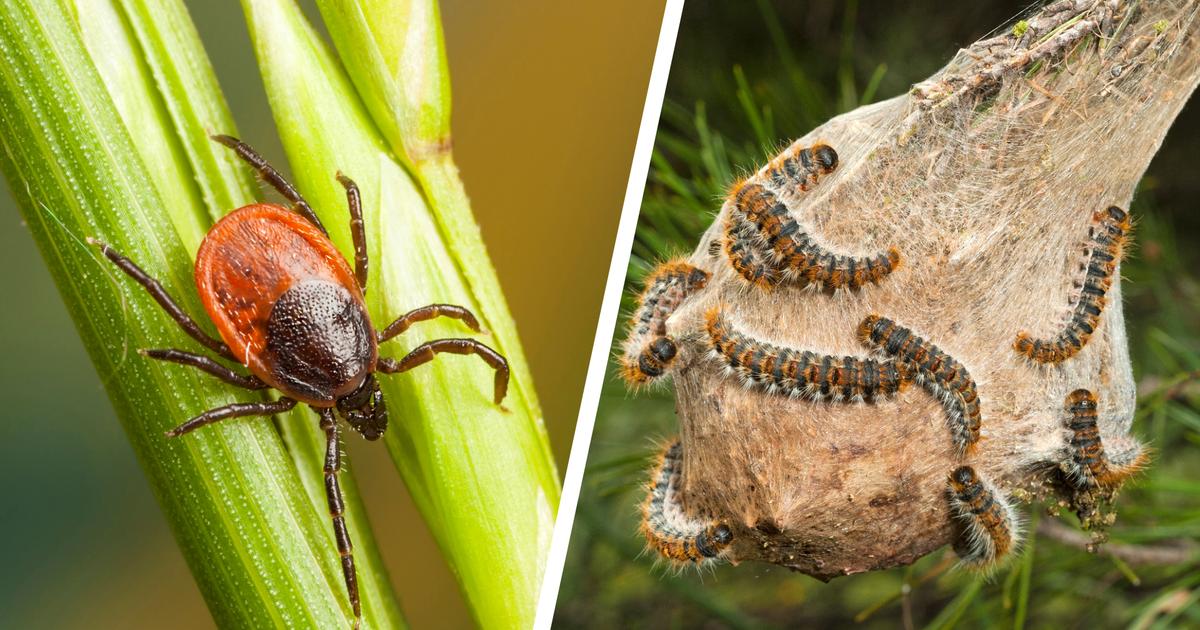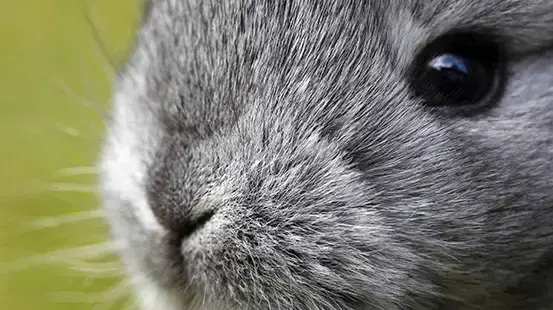pet
Written by: Yingqi He
2020-04-02 15:17
Last updated: 2020-04-02 15:20In order to ensure that the drinking water remains clean during the spread of new coronary pneumonia, the Water Supplies Department has increased the residual chlorine content in the drinking water. Senior veterinarian Li Changsheng responded that the adjustment had minimal impact on pet health, and that the Bottled Drinking Department was not a best practice. "Hong Kong 01" is inquiring the Water Supplies Department about whether increasing chlorine content in drinking water will affect pet health.
In response to the severe outbreak of new crown pneumonia, the Secretary for Development, Huang Weilun, proposed in February that the Water Supplies Department would increase the residual chlorine content in drinking water from 1 mg to about 1.2 mg per liter. After the news was released, some pet owners worry that if pets continue to drink raw water, their health will be affected. Regarding pet owners saying that drinking bottled water is the best policy, senior veterinarian Li Changsheng disagreed. ►Mao has IG, come and follow us!
In response to the severe outbreak of new crown pneumonia, the Water Supplies Department increased the residual chlorine content in drinking water from 1 milligram per liter to about 1.2 milligrams. (Photo of Development Bureau)
▼▼▼▼▼ Click to see what veterinarians think of cats and dogs drinking bottled water ▼▼▼▼▼
+4
+3
+2
Residual chlorine content is still far below WHO standards
Guo Youding, Chief Water Chemist of the Water Supplies Department, explained that chlorine gas can effectively eliminate pathogens in raw water, including pathogenic bacteria and viruses, so the water purification plant uses chlorine disinfection. The Water Supplies Department said that after the residual chlorine content was increased, it was still far lower than the guideline value of 5 milligrams per liter recommended by the WHO for drinking water, and it was still safe to drink.
This adjustment has minimal impact on pet health
Although animals and human bodies are not the same, safety standards for humans may not necessarily apply to them, but Li Changsheng pointed out that humans, cats and dogs have about the same standard of chlorine intake. He admitted that the health impact of this adjustment was almost zero, but he still suggested that pet owners need to boil tap water: "Everyone will not drink raw water. Although boiled water does not affect the chlorine content, it can kill other bacteria."
[Dog Health] How much do you know about dog skin cancer? 5 symptoms of responsible owners must know
[Pet health] Is the cat "uncle sitting" funny? Dismantling the health crisis behind cute behavior
▼▼▼▼▼ Pet health is the most important thing for pet owners. Click to enlarge to see 5 major symptoms of dog skin cancer ▼▼▼▼▼
+3
+2
▼▼▼▼▼ It turns out that there is a hidden health crisis behind Cat Cat "Uncle Sitting"! Click to enlarge ▼▼▼▼▼
+2
Pet Animals Hot Dogs and Dogs WSD New Crown Pneumonia









